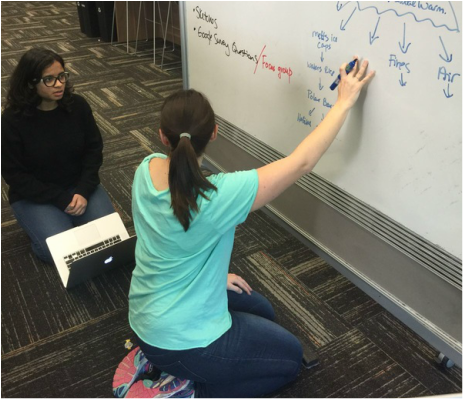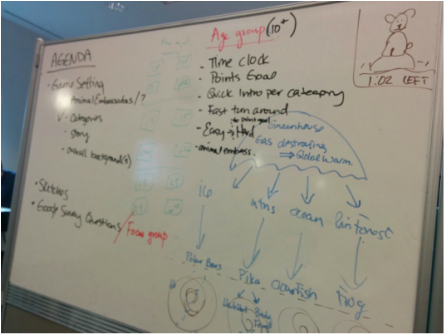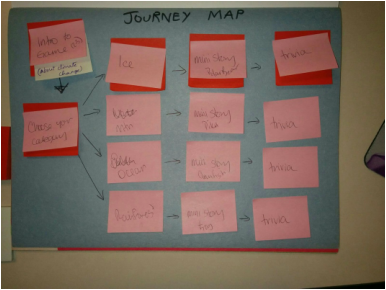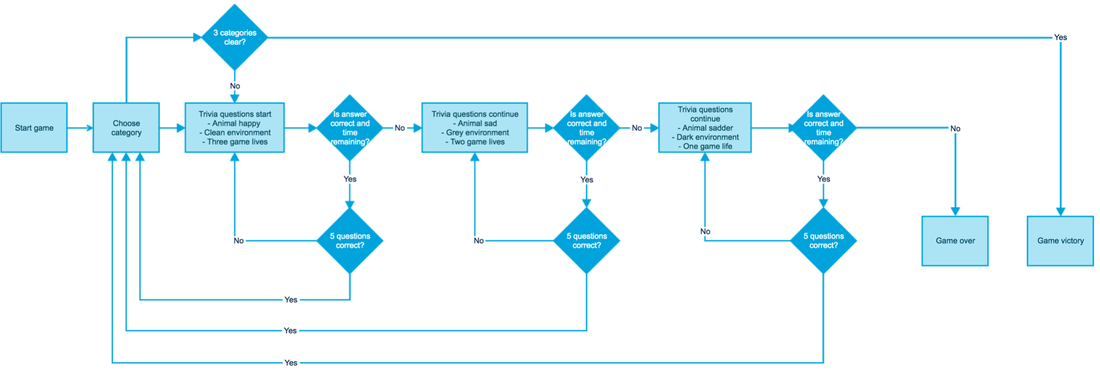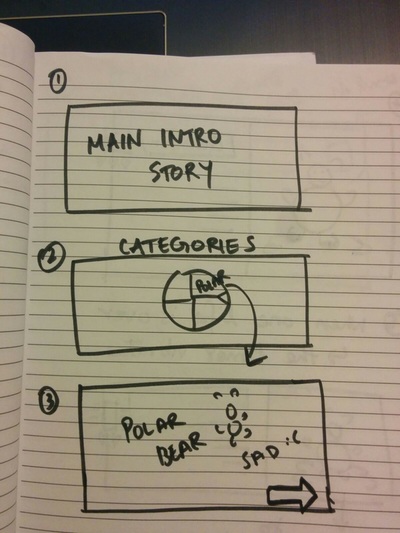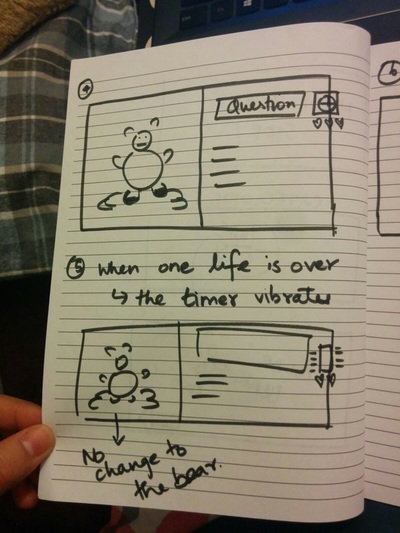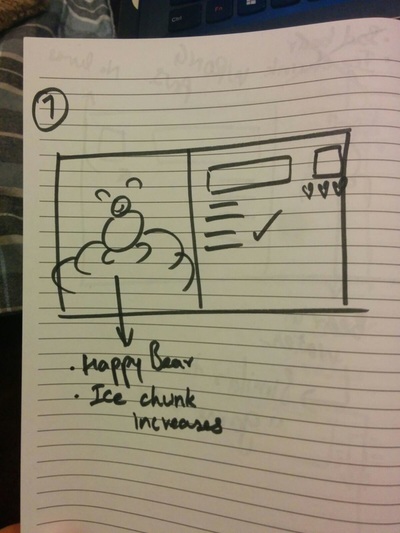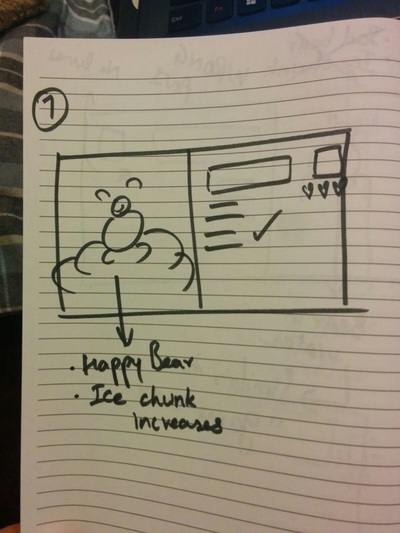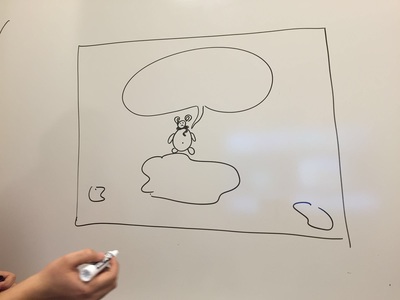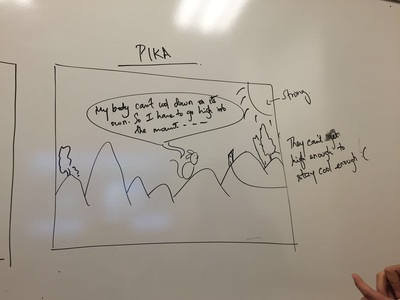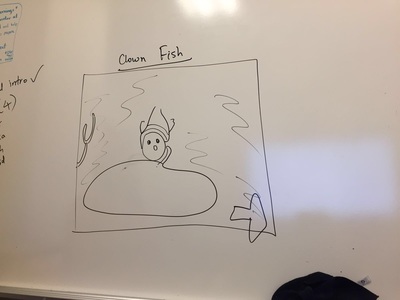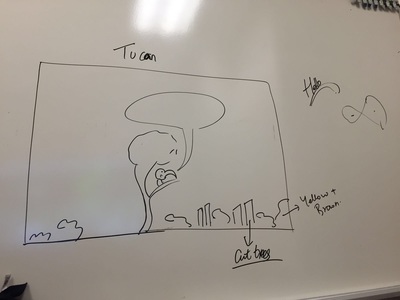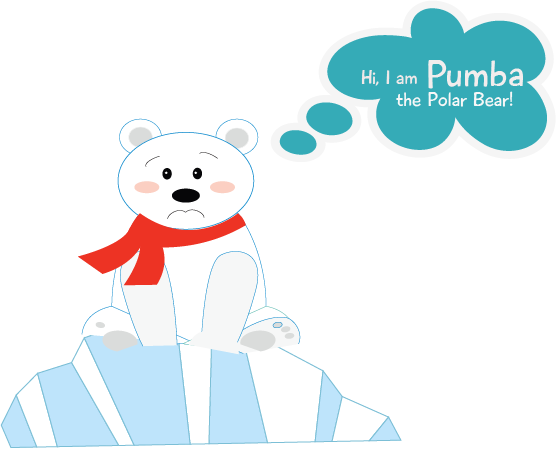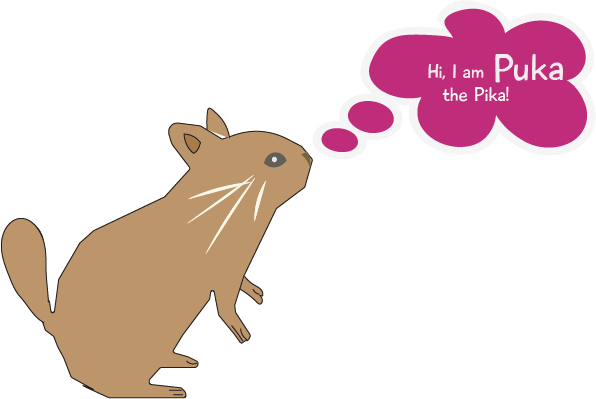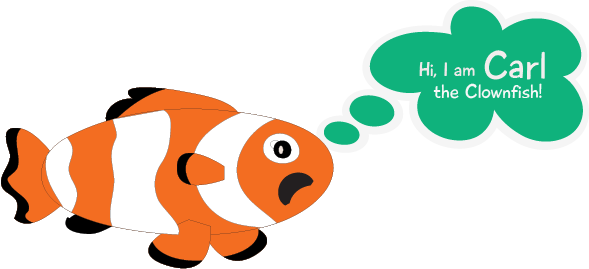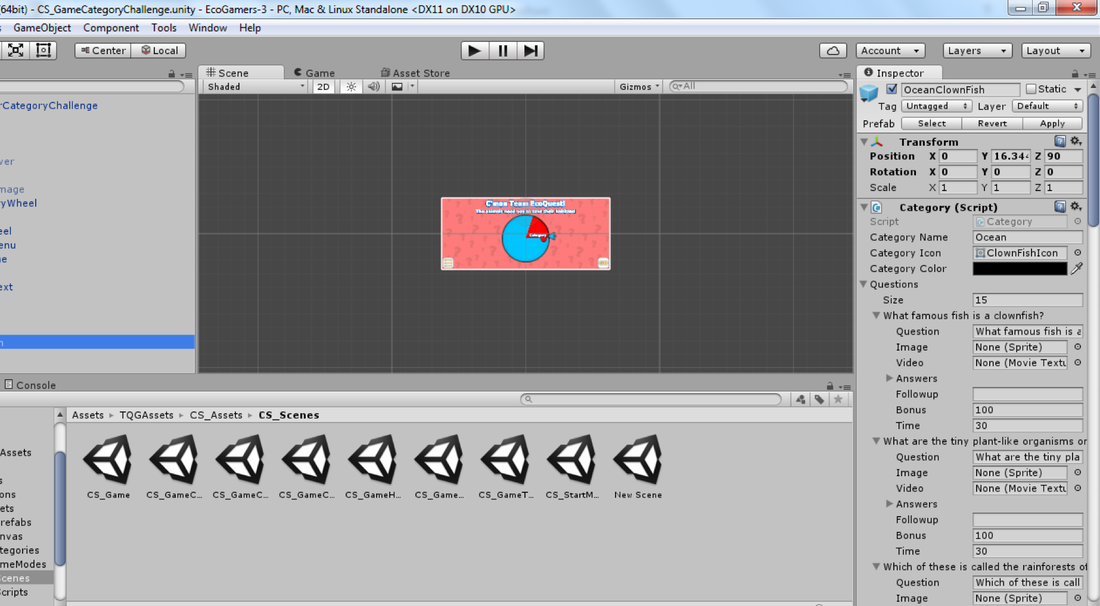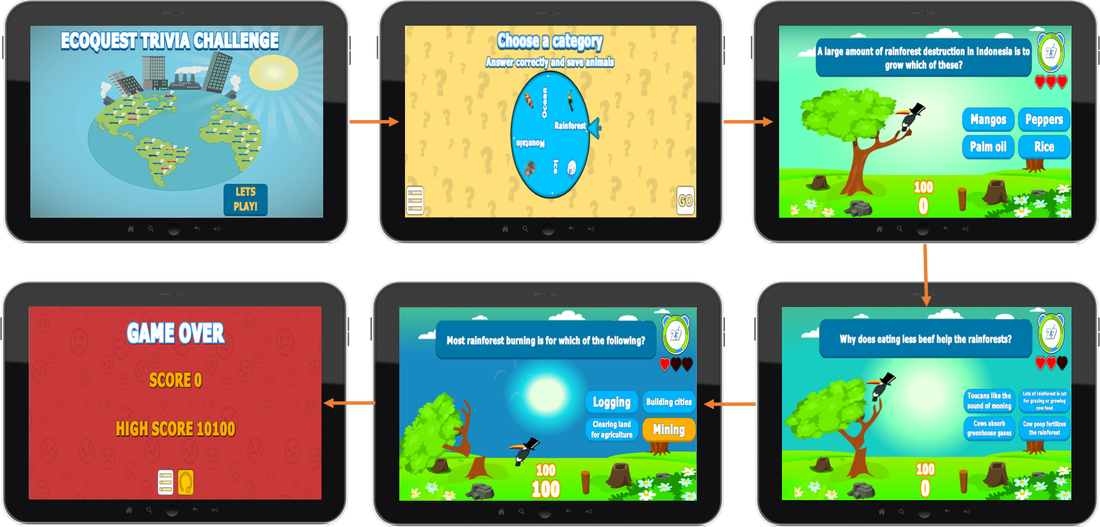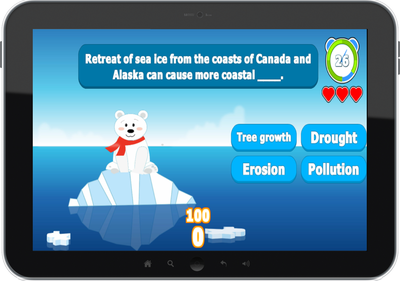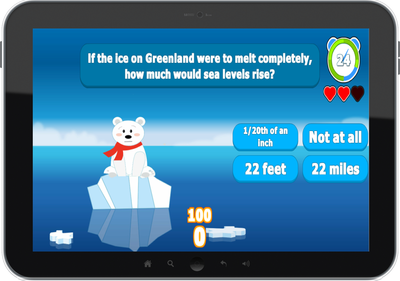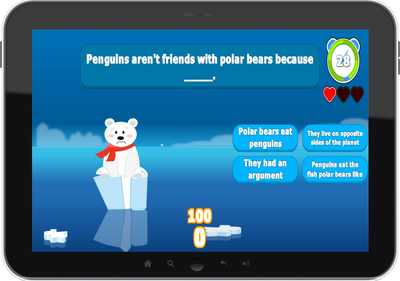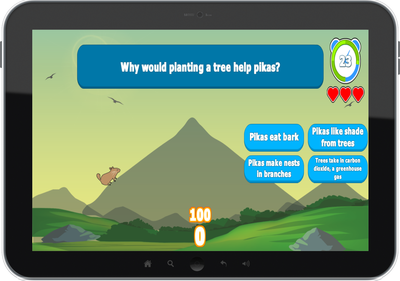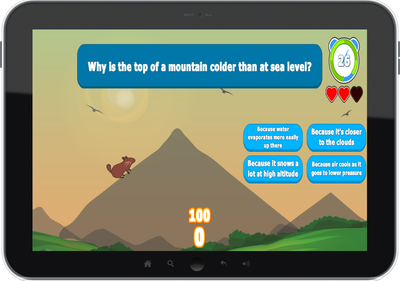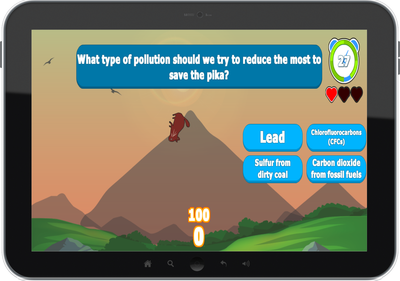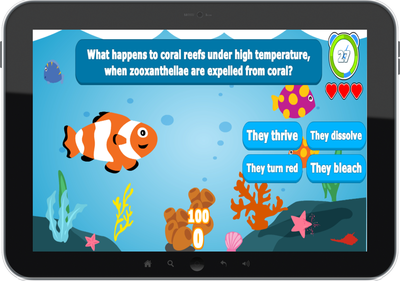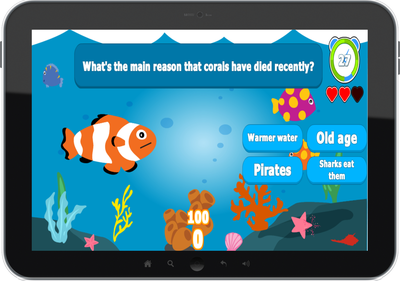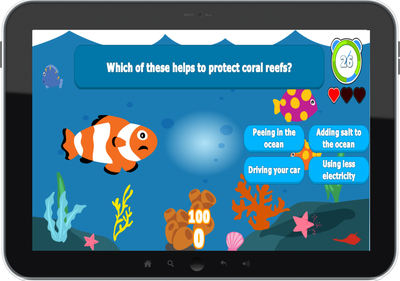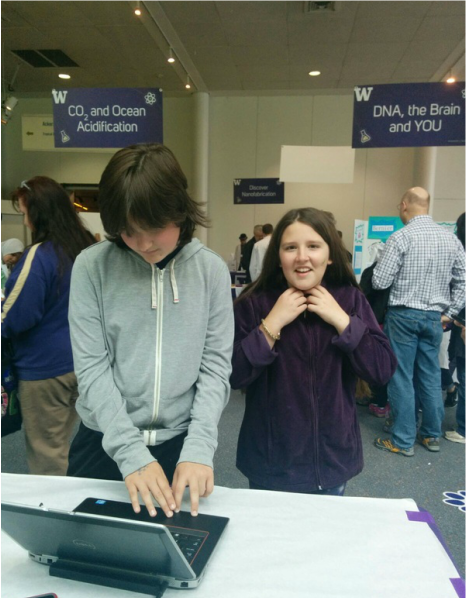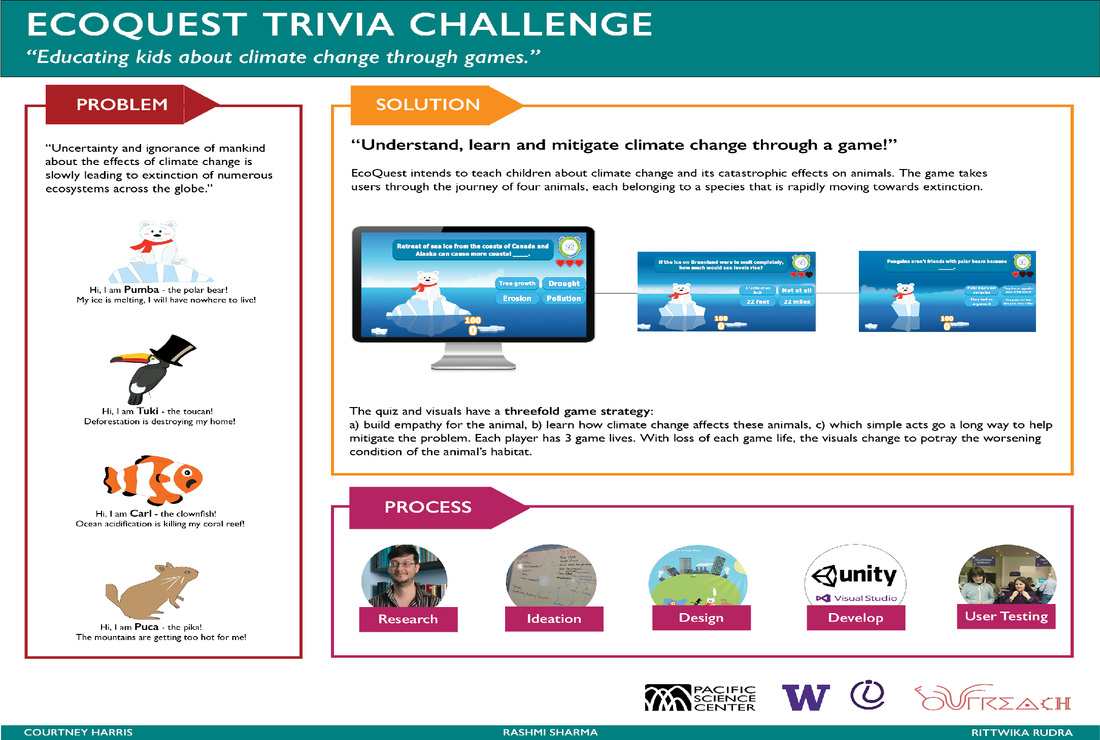EcoQuest Trivia Challenge is the capstone project for my Masters degree in Information Management with a focus on User Experience.
|
Problem Statement
Our planet is in crisis. The twenty first century is the hottest on record and we’re already seeing drought, increased natural disaster events and mass extinction. Uncertainty and ignorance of mankind about the effects of climate change is slowly leading to extinction of numerous ecosystems across the globe. At this rate, the world that our children grow up in will be very different from what we have today - and we need to include them in the effort to preserve our planet. Team EcoGamers
My Role UX Designer and Back-end Developer Proposed Solution We decided to create a video game/ tutorial that would educate its users about climate change, its effects and what they can do to mitigate it. Questions before us
|
Let's begin our research process
Our research process started with an extensive literature review, where we gathered information about video games (trivia games in particular), child psychology and climate change.
Literature Review
|
Video Games
|
Child psychology
|
Climate Change
|
Expert Interviews
We conducted interviews with experts in the fields of climate change and atmospheric sciences. Our interviewees came from different realms of climate science - volunteers at K-12 Outreach Group (a student-led society at UW that creates innovative learning experiences for school kids), climate scientists, polar bear scientists and biologists. We also got the chance to get in touch with some of the best game designers and developers from ArenaNet to learn about gaming techniques.
|
Key findings
|
Ideation
Based on our research findings, we laid out a set of design requirements as a starting point of our design process.
The design requirements were decided upon by keeping our target audience as children between the ages of 10 and 14 years.
- Emotional relationship - The game interaction should be able to induce user emotions and create empathy towards endangered animal species, as this would propel users to try and save them.
- Thoughtful design - The design and interaction should in no way leave a scarring or negative impact on the minds of our users.
- Ease of use - The design and information content should be relevant to the target audience's intellectual capability. Presenting them with advanced information (like stats, graphs etc.) will not help in serving the purpose.
- Congratulate & punish - Incentivizing users for correct answers would motivate them to keep going. Punishing them through gaming techniques should help them strive towards retrying and getting better.
User Stories
"As the parent of a child, I would want my child to learn about climate change someway or the other, because it is definitely not a myth. If games could do that, I wouldn't stop her from playing and learning. This way she will learn about some important facts and also how she could contribute towards helping the environment now or in the future."
"As the parent of a child, I would want my child to learn about climate change someway or the other, because it is definitely not a myth. If games could do that, I wouldn't stop her from playing and learning. This way she will learn about some important facts and also how she could contribute towards helping the environment now or in the future."
|
Brainstorming
We adopted a collaborative approach towards conceptualizing our game and creating initial sketches. At this point, we made sure that our sponsor (our client - EarthGames UW) was involved in the process to understand our technique and also guide us as per their expectations. We exchanged responsibilities between us to take up different roles like - creator, judge and note-keeper. This way each of us got to pick our creative minds and come up with different design flows. At the same time, we critiqued our ideas, weighing out the pros and cons of each, to come up with the most appropriate and feasible game. |
|
After having extensive brainstorming sessions with the team and sponsor, we decided to create a trivia game that focuses on the elements of the environment. Animal ambassadors were assigned to each category, through who we told the stories of endangered species of different ecosystems.
We also created a journey map from a project management perspective to set realistic goals about the difference between an MVP (Most Viable Product) and final product. |
How would our users go through the journeys of these animals?
Sketching
After laying out the game story and initial design considerations, we came up with numerous sketches to develop the game with every passing stage. Our research showed us that children usually played games on mobile devices like smartphones and tablets. For the purpose of this game, we decided to create a game that is playable on tablets to show enhanced illustrations and interactions. This was further certified through our usability test.
Creating our characters and giving them a voice - Illustrations
We started by making illustrations of each animal ambassador, followed by each of their ecosystems.
Putting the game together
|
One of my primary responsibilities, besides being involved in the UX cycle, was to bring the individual components together and develop the game. Our team chose to use Unity 2D platform with MS Visual Studio for scripting and development.
The illustrations were created using Adobe Illustrator and imported into Unity. The coding logic was written in C# - object oriented programming language. The game was played and tested on Unity before exporting to an executable game file. I fed the trivia questions into Unity through XML files. |
Game flow (Category Name: Rainforest | Animal Ambassador: Toucan)
- The player starts by being randomly assigned to one of the four categories offered by the game.
- In this case, it is the rainforest with Toucan as the animal ambassador.
- With every wrong answer, the toucan's tree gets weaker and the player loses one game life.
- There is also a timer clock on the top right corner of the screen that provides the user with 30 seconds to answer a question.
- Player loses one game life each time the 30 seconds run out.
Category Name: Ice | Animal Ambassador: Polar Bear
Category Name: Mountains | Animal Ambassador: Pika
Category Name: Ocean | Animal Ambassador: Clownfish
Usability Testing at Pacific Science Center
|
Our usability testing phase was a combination of work and fun. We conducting the testing in Seattle's Pacific Science Center on one of the Science Fair Sundays. We set up a booth for our team and displayed our game on a portable device for children to have a shot at. All the children who visited our booth were accompanied by their parents.
We only observed the way children reacted, behaved and interacted with the game, without speaking to them. Key findings:
|

